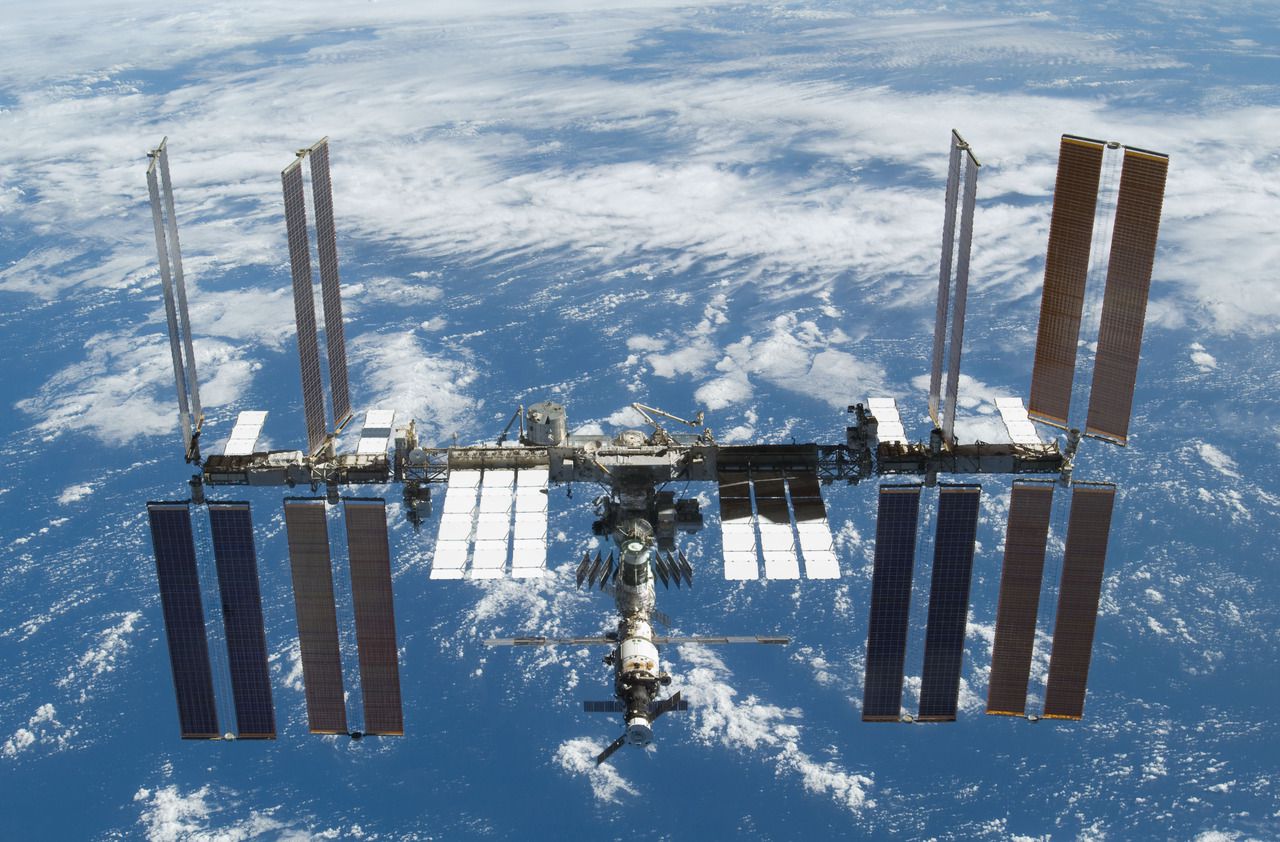The International Space Station (ISS) had to maneuver on Tuesday to avoid a possible collision with debris from an old Japanese rocket, the third avoidance maneuver this year, according to NASA, which calls out to a worsening situation.
The debris would have passed 1.39 kilometers from the ISS, according to NASA, but it was decided to raise the orbit of the station as a precaution.
It was a Russian cargo capsule (Progress), moored at the station, which pushed the ISS a little higher by igniting its thrusters, for 2 and a half minutes, the operation being controlled in cooperation between the Russian control rooms and American.
According to astronomer Jonathan McDowell, the threatening object was debris from a stage of a Japanese rocket launched in 2018, which disintegrated into 77 pieces in February 2019.
"At no time was the crew in danger"
The crew members, two Russians and an American, had to be temporarily placed in the Russian part of the ISS, in order to be able to evacuate urgently with the Soyuz capsule in case of danger, which was ultimately not necessary. (in a first press release, NASA had indicated that the astronauts would enter the spacecraft).
"At no time was the crew in danger," insists NASA in a blog post.
According to the European Space Agency website, the ISS was about 421 km above the oceans before the operation, and 435 km after.
It spins at around 27,500 km / h: at this speed, even a small object can seriously damage or even destroy a solar panel or other element.
This type of maneuver is regularly necessary, and should become more frequent with the increasing pollution of the Earth's surroundings, by debris from old rockets or satellites launched for six decades, and by the thousands of fragments created by accidental collisions or deliberate, for example with the shipments of anti-satellite missiles by India in 2019 and China in 2007.
Already "3 maneuvers" in 2020 to avoid this debris
The station had to avoid 25 times between 1999 and 2018, according to NASA.
“The Space Station maneuvered three times in 2020 to avoid debris.
In the past two weeks, there have been three potential high-risk conjunctions.
Debris is getting worse!
Jim Bridenstine, administrator of NASA tweeted.
The @Space_Station has maneuvered 3 times in 2020 to avoid debris.
In the last 2 weeks, there have been 3 high concern potential conjunctions.
Debris is getting worse!
Time for Congress to provide @CommerceGov with the $ 15 mil requested by @POTUS for the Office of Space Commerce.
- Jim Bridenstine (@JimBridenstine) September 22, 2020
He is demanding $ 15 million from Congress for the Office of Space Commerce, a civilian service, to take over surveillance of space objects and coordinate warnings to private satellite operators in the event of collision risks.
To date, a military unit is responsible for space surveillance.

